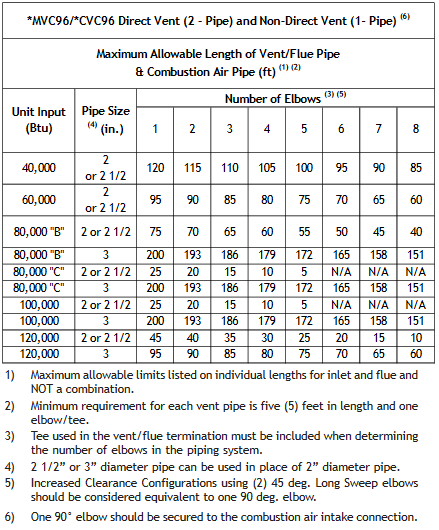I am seeking advice on a potential modification to my furnace setup. Currently, the exhaust PVC pipe outside my house is situated too close to my windows and AC, prompting me to consider extending it vertically up to my roof. However, I am concerned about potential issues arising from condensation during winter months, particularly in British Columbia where temperatures can drop to approximately -10°C. Given my limited expertise in HVAC systems, I am unsure whether this modification could lead to water accumulation and potential damage to my furnace. I would greatly appreciate any insights or recommendations regarding the feasibility and potential risks associated with this proposed modification. Thank you.
To add more details here is my current setup and what I am planning to do
- Red: Is my external wall
- Yellow: Roof
- Blue: is my existing PVC Pipe
- Green: Is what I am planning to add
Here is the measurement
- Green Box: The pipe length is 75 inches
- Red Box: 31 Inches
- Blue Box:12 inches



